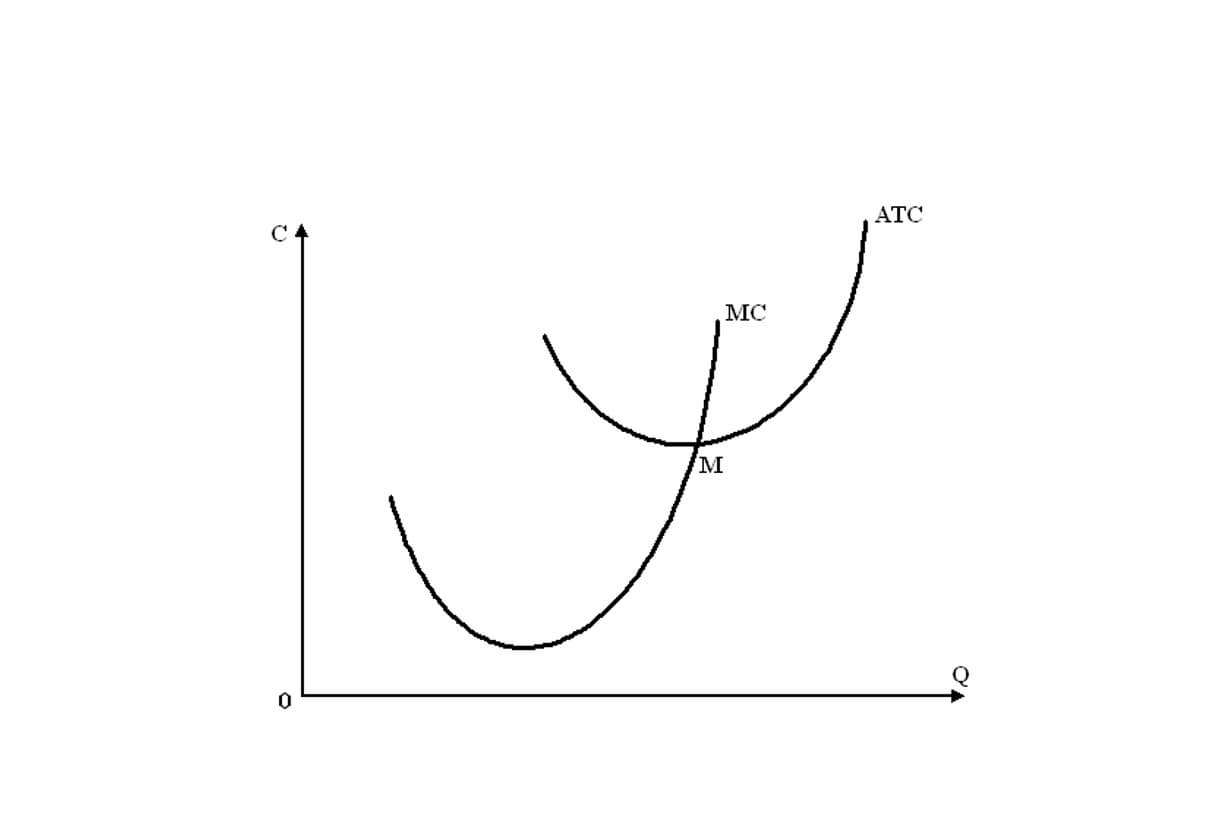For more information on trust account recordkeeping requirements, see RPC 1.15A and RPC 1.15B and the Managing Client Trust Accounts https://odaiba-camping.com/small-ship-cruises.html booklet. The primary purpose of IOLTA accounts is to ensure that client funds are protected while simultaneously generating interest that can be used for public good. Many clients may not have large sums of money that would generate significant interest on their own, making individual interest-bearing accounts impractical. By pooling funds from multiple clients, IOLTA accounts allow for the collection of interest that can be utilized for various community services. When client funds cannot practically earn income for the client, the funds are deposited in a pooled account, an IOLTA account.
Common Challenges (and Solutions) in IOLTA Bookkeeping with QuickBooks Online
Maintaining robust records keeps your firm compliant and readies you for occasions when you must supply accurate and up-to-date records for your trust accounts to the state bar. Lawyers often need to manage client funds for various purposes, including https://in-imdb.com/free-royalty-free-music-3.html retainers, settlement proceeds, court fees, and other expenses. To facilitate this, an IOLTA account serves as a specialized trust account that not only holds these funds but also generates interest, ensuring that client-related costs are adequately covered.
Use IOTA for small or short-term funds, separate accounts for large funds
- Document your decision process (for instance, note in your file “Placed $50,000 settlement in separate interest-bearing trust account for Client X, as funds will be held ~12 months”).
- With clear policies and the right support, even the smallest firm can maintain rock-solid trust accounting in full compliance with Florida Bar rules.
- Retainers are payments that are based on a fee agreement between an attorney and a client.
- Lawyers may not deposit client funds in accounts that do not bear interest, or in their business or operating accounts.
- You not only have to keep the money in the trust account but also keep a ledger of what makes up these balances.
- QuickBooks Online doesn’t have a one-click “apply trust to invoice” feature, so the process involves a couple of steps.
Book a demo today to see what running your business is like with Bench.
Tracking accounts receivable aging by matter, rather than overall, allows firms to spot overdue client payments faster and manage IOLTA accounts more accurately. Detailed aging reports help attorneys reconcile client trust accounts, monitor unearned client funds, and align collections with IOLTA account requirements. They match the trust ledger, bank statement, and individual client ledgers to maintain accuracy. Your law firm’s balance sheet provides a snapshot of its financial health at any given moment, laying out what you own and what you owe, side by side. Proper handling of client trust accounts and operating funds is critical to accurate reporting and IOLTA compliance.
- Instead of dreading trust compliance, you can set up systems that practically run in the background – with you just overseeing and approving as needed.
- Also, provide clients with a final trust balance accounting at the conclusion of a matter.
- If you have a partner or office manager, have them review and sign off on the monthly reconciliation or a random sample of transactions.
- Record-keeping must track deposits, withdrawals, and interest accrual per client instructions, often under contractual rather than universal regulatory mandates.
- Attorneys are also prohibited from profiting off any interest generated by these accounts.
How does an IOLTA differ from a traditional bank account?
If it ever feels unmanageable, that’s a red flag to simplify your setup or get additional help. An attorney trust account is the second type of trust account, which may or may not be interest-bearing. For most attorneys, it is a non-IOLTA trust account used for an individual client with a large balance held, such as payments for personal injury.
Year-End Law Firm Financials: Everything You Need to Know
Law firms typically use IOLTA accounts for advance fee payments, retainers, or settlement proceeds awaiting disbursement when the sums or holding periods don’t justify a separate interest-bearing account. It’s easy to manage your payments directly within the software and ensure they reflect in your Xero account at the same time. There are no tax consequences to the attorney or the client for the interest or dividend remitted to the State Bar from an IOLTA account that bears the State Bar’s taxpayer identification number. Because the State Bar is tax exempt, it is not necessary for the financial institution to complete IRS Form 1099 for interest or dividends on IOLTA accounts. For advanced review of trust ledgers or historic trust account corrections, relying on experts just gives better results than any internal DIY method. Law firms depend on these reports for compliance and to support regulatory review.
Later, as you earn fees or incur costs, you will transfer the earned amount out of the IOLTA into your firm’s operating account (typically after invoicing the client and obtaining consent, see below). By rule, nominal or short-term funds like this example must stay in an IOLTA – you can’t put them in a regular business account or let them earn interest for yourself. This ensures even small amounts of interest are pooled to support legal aid without costing clients anything. When a lawyer receives funds from a client, such as retainers or settlement proceeds, those funds must be deposited into a trust account. If the funds are not substantial enough to warrant a separate interest-bearing account, they are placed in an IOLTA account.
Not all banks handle IOLTA accounts, so select one from your state’s approved list. When you have a client that gives you a retainer for services in advance, it will be important for you to make sure those monies are placed in the proper type of account. In the late 1970s, The Florida Bar and other organizations filed a petition to establish the first IOLTA program in https://la-nouvelle-generation.com/home-5.html the United States. Shortly thereafter, California, Idaho, Maryland, and others followed suit.
This extra step can catch errors like a math mistake or a deposit that wasn’t recorded. Essentially, you should be able to open your records and see exactly which client’s money makes up the total balance in your trust account at any given moment. PA law requires preserving these records for at least five (5) years after the end of the client relationship or after the funds are distributed, whichever is later. Records may be kept electronically, but you must be able to produce printed copies on demand and have a reliable backup system in place. In fact, Pennsylvania considers failure to maintain the required records itself a disciplinable offense, even if no client loses money. Finally, when a client matter concludes or funds become due to the client, disburse the funds to the client (or whoever is entitled) promptly – don’t leave client money sitting in trust indefinitely.







